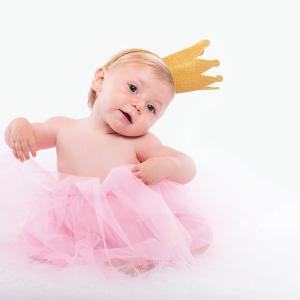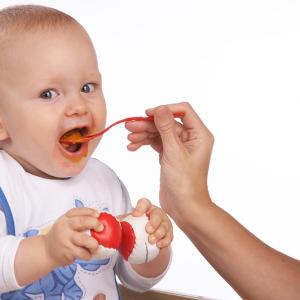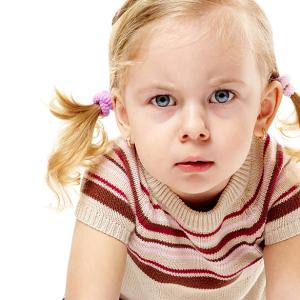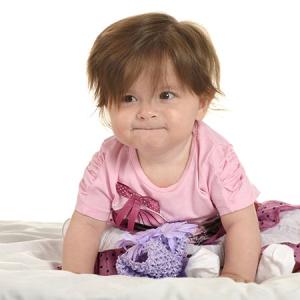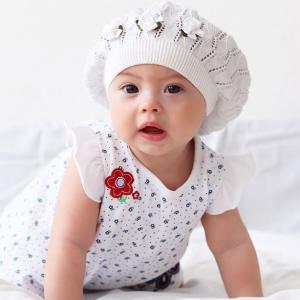Aprende inglés: 10 amazing facts about Scottish kilts
10 datos asombrosos sobre la falda escocesa para que los niños aprendan inglés de forma divertida
Publicado por Alba Caraballo, editora de Conmishijos.com
Creado: 1 de junio de 2023 16:06 | Modificado: 9 de abril de 2025 08:22
La revista para aprender inglés I Love English Junior invita a aprender y practicar el idioma de forma divertida. Si tienes hijos o alumnos que estén en primaria puedes proponerles que lean estos 10 datos asombrosos sobre la falda escocesa en inglés (10 datos asombrosos sobre la falda escocesa).
Se trata de una lectura interesante y amena que les ayudará a familiarizarse con el idioma inglés mientras aprenden nuevo vocabulario. Y además, aprenderán datos interesantes sobre la tradición escocesa en los hombres de llevar el típico kilt, una falda decorada con un tartán.
¡No dejéis de leer este texto en inglés hasta el final! Os planteamos un reto en forma de investigación.
Ver +: Lecturas para niños en inglés
10 amazing facts about Scottish kilts: 10 datos asombrosos sobre la falda escocesa
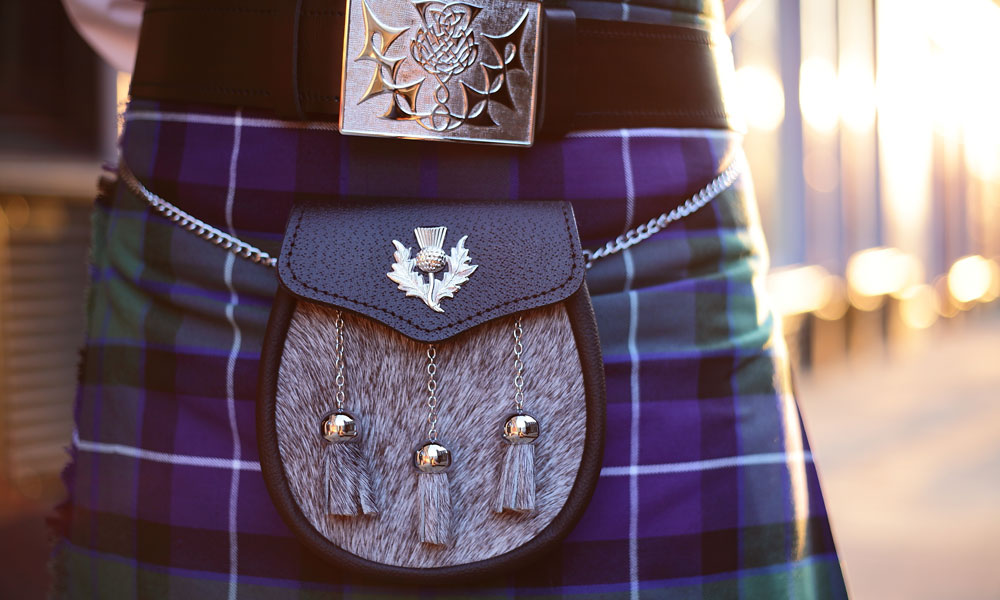
More than just a skirt...
1. The kilt is the national Scottish dress. Some people believe that only men playing bagpipes or Royal Guards wear kilts, but that is not true. Kilts can be worn by anyone, men or women, although men wear it more than women.
2. In the past, kilts were usually worn on special celebrations, but now you can see them worn by dancers at traditional Scottish dancing, by athletes and spectators at Highland games, by the grooms and guests at a wedding, on the street, at graduations or on any other occasions you can imagine.
3. The film Braveheart has made people believe that kilts have been around since the 13th century, but that is not true. In fact, the first kilts originated in the Highlands in the 16th century. Kilts were worn by warriors because it gave them more freedom of movement and, at night, when it was cold, they could unwrap it and sleep under it like a blanket.
4. At first, kilts were only white, brown, green or black, which were the colours of the natural dyes that could be found to dye the wool. Now they can by dyed any colour you want.
5. Traditional kilts are made of a single piece of woollen cloth, which is about six metres long. It is pleated (in Spanish, plisada) at the back and straight at the front. And it is held together with a large pin.
6. The cloth with a squared pattern is called tartan. You might know it by another name as well: plaid. Tartan patterns and colours represented particular clans, families and regions. Today there are 3,500 specific tartan family plaids.
7. A proper kilt is usually accompanied by long woollen socks, a wide belt, and a sporran, which is a small bag worn around the waist and over the kilt.
8. The garment takes around 25 hours to make. Kilts are mostly handmade. You can buy a kilt for less than 100 dollars, but it probably won?t be well made. A good kilt is made out of pure wool, which increases the price.
9. Originally, the kilt was an untailored, 5 metre-long piece of cloth. The knee-length kilt that we see today did not come around until the 18th century, so this traditional symbol of Scottish identity as we know it can be considered relatively recent.
10. Modern kilts are designed and tailored according to the new trends, styles and fashion. And new ways to wear tartan have been incorporated: there are tartan shoes, tartan bags, tartan trousers... and much more.
Now it is your turn to do a bit of research. When is Tartan Day (celebrated)?
Gema Marcos (redactora revista I Love English Junior)
Artículos relacionados
Aprende inglés: 10 datos asombrosos sobre los taxis de Londres
La revista para aprender inglés I Love English Junior nos invita a leer 10 amazing facts about London black cabs (10 datos asombrosos sobre los taxis de Londres),...
Aprende inglés: 10 datos asombrosos en inglés sobre La Estatua de la Libertad
10 datos asoLa revista para aprender inglés, I Love English, nos invita a practicar el idioma de forma divertida. Si tienes hijos o alumnos entre 12 y 15 años,...
Quizzes: divertidos test en inglés para niños entre 8 y 11 años
La revista I Love English Junior, invita a todos los usuarios de conmishijos.com a participar en estos test online para que puedan aprender jungando. Es una...
Divertidos chistes en inglés para niños: aprender de forma divertida
Tanto si buscas recursos para trabajar con tus alumnos en clase como si quieres que tus hijos en casa sigan trabajando la adquisición de nuevo vocabulario, te...
Las 11 mejores fábulas en inglés para niños
Aprender jugando es el mejor de todos los aprendizajes, por ello, os invitamos a leer estas fábulas clásicas en inglés. Tus hijos podrán aprender nuevas palabras...
English quizzes: test en inglés para estudiantes de Secundaria
La revista I Love English invita a todos los usuarios de conmishijos.com a participar en estos test online para que puedan seguir mejorando su nivel de inglés de...
Comentarios
¡Sé el primero en comentar!














